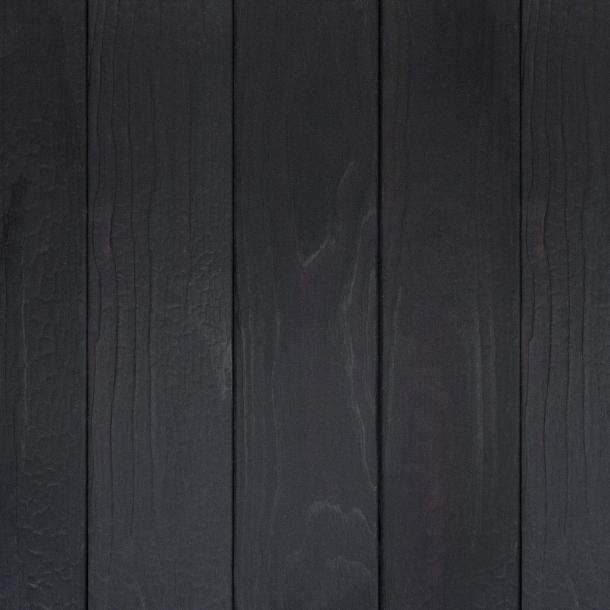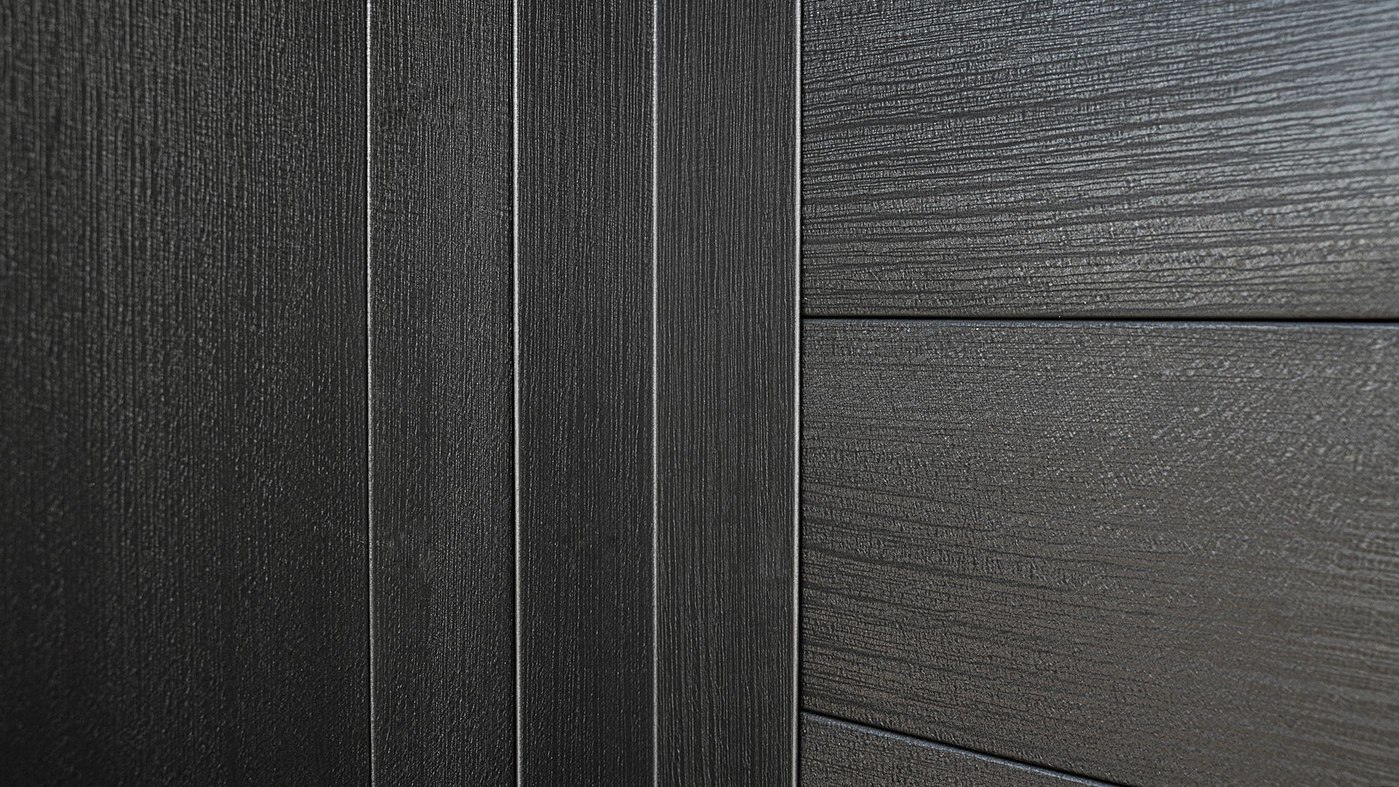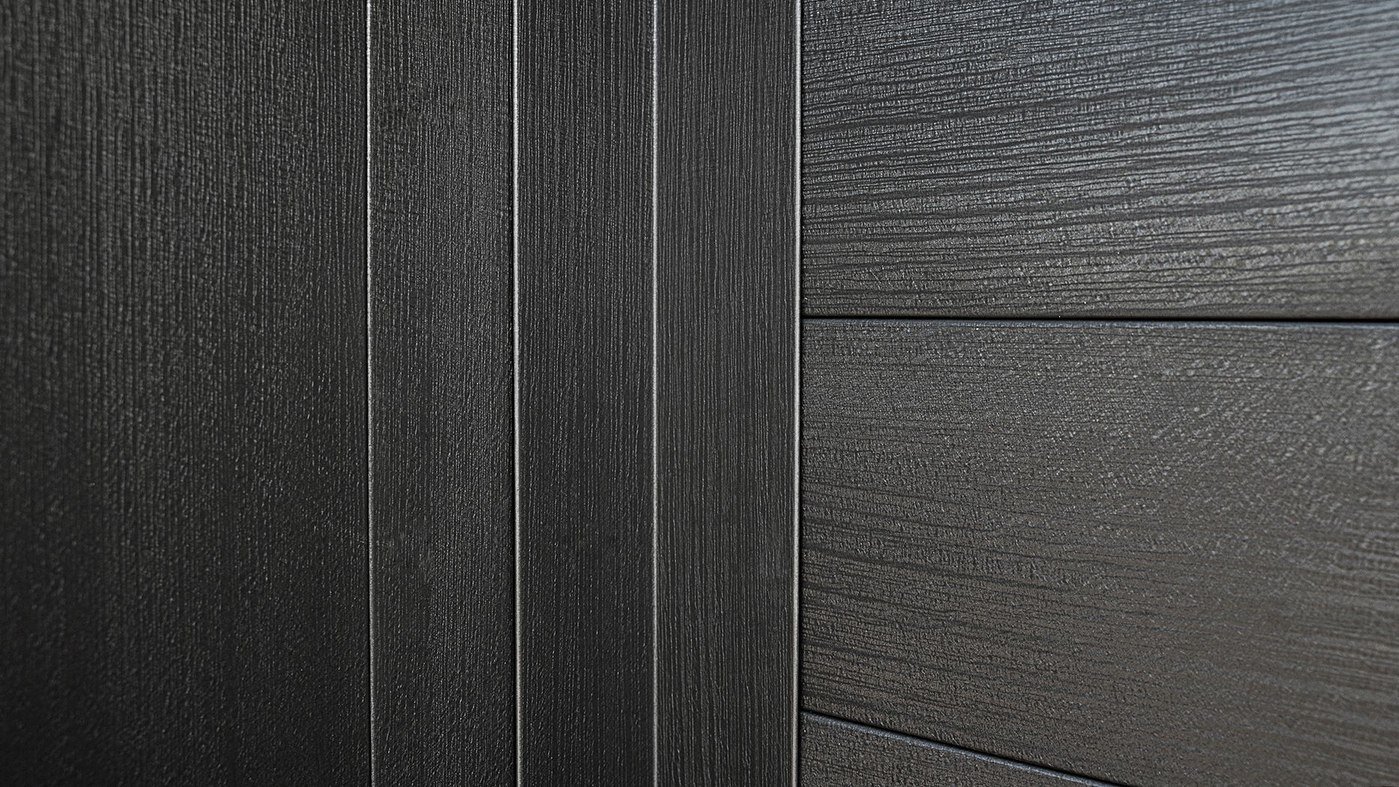A Complete Guide To Shou Sugi Ban. Pros, Cons, & Alternatives
The story of Shou Sugi Ban starts centuries ago as a wood preserving technique. Fast forward to today and ShouShou Ban has been rediscovered and brought into the modern era for different reasons than it was originally intended. While it produces a striking appearance, ShouShou Ban can have some concerns.
At Western States Metal Roofing, we manufacture roofing and siding panels made of metal, not wood. However, we recognize the increasing popularity of the Shou Sugi Ban trend. This is why we have created a metal siding panel that is made to look similar to the burnt wood aesthetic.
In this article, we go over everything about the process of Shou Sugi Ban.
 Photo credit: https://pioneermillworks.com/shou-sugi-ban
Photo credit: https://pioneermillworks.com/shou-sugi-ban
What Is Shou Sugi Ban?
Shou Sugi Ban is a Japanese wood preserving technique that dates back to 700 AD. The result of using the Shou Sugi Ban wood charring technique is a strikingly dark, rich appearance on the wood.
While it’s now used mostly for its appearance, Shou Sugi Ban originally became popular as a way to preserve wood that was used as siding on buildings.
During the process, the wood is burned until the surface is charred, and then coated with natural oil. The result is a long lasting, resilient, durable building material that resists pests and repels water.
Shou Sugi Ban: Types Of Wood
Certain types of wood work better with the wood preserving technique than others, and they all come at different price points.
When choosing your wood, you ideally want to choose a wood that is lighter and more porous for Shou Sugi Ban. Traditionally Japanese cedar, also known as Shou wood, is used for Shou Sugi Ban because of its ability to achieve a deep burn. However, there are many different types of wood you can use to get the charred finish of Shou Sugi Ban.
Common woods used for Shou Sugi Ban are:
- Cedar
- Spruce
- Pine
- Oak
- Hemlock
- Maple
The end result color and look will vary depending on the wood species that is used. The color of Shou Sugi Ban can range from a lighter gray all the way to a deep black.
Shou Sugi Ban Pros And Cons
Benefits Of Shou Sugi Ban:
- Durability
- Appearance
1. How Durable Is Shou Sugi Ban Wood?
Wood is often avoided by designers when they want to avoid extra maintenance for their clients. Regular wood is prone to dry rot, termites, wood warping, fires, and other issues that can make using it in your design a hassle.
By using Shou Sugi Ban, the wood becomes durable by being preserved and avoids any of those high maintenance issues from happening. The wood is burned until the surface is charred, and then coated with natural oil. The result is a long lasting, resilient building material.
Shou Sugi Ban protects wood from:
-
- Sun damage
- Termites
- Rotting
- Water damage
2. Prestigious Appearance
In modern times, Shou Sugi Ban is mostly used for its striking, raw appearance. The wood preserving method produces a distinct look that is artistic while also communicating a sense of authenticity. Shou Sugi Ban is not a look that is mass produced, each piece of wood results in its own unique aesthetic which adds character to its design.
Cons Of Shou Sugi Ban:
- Safety Hazards
- Labor Intensive
- Inconsistent Finish
1. Shou Sugi Ban Safety Hazards
We can’t mention setting things on fire without talking about safety. Performing this wood burning technique can be dangerous and requires extreme caution to avoid any injury.
2. Labor Intensive
As we mentioned before, the process of the Shou Sugi Ban method requires multiple steps that can not only be dangerous, but also tiring, time consuming and messy. Keep in mind that this is a labor intensive process.
3. Inconsistent Finish
Shou Sugi Ban offers a unique characteristic in that no two pieces of wood will come out identical and one piece will look different from the next. The downfall to that is if you are looking for a finish that is uniform, then Shou Sugi Ban is not for you as the finish will be inconsistent throughout.
Shou Sugi Ban Wood Siding Price
The price of Shou Sugi Ban varies but you can expect to pay anywhere from $5.00- $10.00 per square foot for materials.
The cost varies based on your region, whether you do the labor yourself or hire a contractor, and the cost of the wood you choose.
How To Achieve The Look Of Shou Sugi Ban
The Shou Sugi Ban process involves charring the wood, cooling, cleaning, and finishing the surface with oil.
For this process you will need:
- Wood- Types of wood are listed above.
- Torch- Large propane torch is best.
- Oil- A natural linseed oil is best to enhance the wood grain.
- Brush- Wire brush is best to remove debris.
- Cloth- For applying the oil.
We go into more detail on the steps to Shou Sugi Ban below.
-
Burn The Wood
-
Allow Wood To Cool Down
-
Clean The Wood Surface
-
Oil The Wood
1. Burn The Wood
You will need a torch for this step. While this can be accomplished with a smaller torch, it’s recommended to use a larger propane torch for a more even burn. It also allows you to have more control while charring the wood. There may be some trial and error with charring so we recommend practicing on a small area of the wood first.
Hold the torch 12-18 inches away above as you burn it. Slowly move the torch down the wood as if you’re doing paint strokes on the wood.
2. Allow Wood To Cool Down
Set the wood aside and allow the surface to cool. This step should only take a few minutes.
3. Clean The Wood Surface
Use a brush to clean off the excess burnt parts. Once the grain of the wood becomes visible you have removed enough and the planks are ready to be oiled.
4. Oil The Wood
Take a cloth and dip it into the oil, squeezing it out, then rub it over the planks. This will create a subtle sheen which can make an attractive finish on the wood depending on the type of wood. Once you have fully coated the wood with one layer, allow it to dry. After the first coat is dry, apply a second coat of oil.

Shou Sugi Ban Siding Alternatives
You might want to consider other options to Shou Sugi Ban if:
- You want to avoid potential safety hazards.
- You don’t want to do the labor involved with the process.
- You want a finish that will be consistent throughout.
Due to the popularity of its appearance, there are products designed to replicate the appearance of Shou Sugi Ban. If you’re looking for the look of Shou Sugi Ban without the hassle involved of charring wood, consider using metal panels that are designed to look like charred wood.
Style Burnt Wood Finish With Metal Board and Batten Siding
Metal board and batten siding panels in a burnt wood finish, reminiscent of the traditional Shou Sugi Ban, presents a modern touch of metal construction blended with the rustic look of classic aesthetics.
With any metal panel, you’ll expect to spend little to no effort on maintaining your home or structure’s appearance. In addition, compared to installing wood siding, installing a metal panel is less time consuming as the metal panels are pre-cut with the custom measurements you need. Although this metal siding panel has a concealed fastener system that requires a professional with proper tools for installing.
.png?width=778&height=438&name=Untitled%20design%20(3).png)
Interested in the traditional style of metal board and batten siding? You can explore more on our page about Burnt Wood Metal Board And Batten here.
Getting The Charred Wood Look With Metal
Metal panels that are designed to look like Shou Sugi Ban wood might be the right solution if you want a charred wood aesthetic without any labor involved.
T-8 PlankWall® Burnt Wood are metal panels that are made to replicate Shou Sugi Ban wood. They arrive ready to use and require no maintenance once installed.
T-8 PlankWall® is more cost effective than using authentic wood Shou Sugi Ban.
T-8 PlankWall® costs $5.00- $7.00 per square foot and does not require the additional supplies and labor to do anything to the material like you would with using wood.
Other Benefits Of Burnt Wood® Metal Panels Include:
- Maintenance-free
- Rot-resistant
- Fire-resistant
- No wood warping
- No termites
- Less expensive than using authentic wood
- Includes 40-year limited painted warranty
- T-8 Plankwall® arrives ready (no cutting, staining, or painting required)
- Authentic Appearance
If you want a Shou Sugi ban look that arrives ready to install, has a consistent finish, and costs less than wood, T-8 PlankWall® as well as our other metal panels are available in Burnt Wood for a solution. However, if you are only interested in using authentic wood, then this option is not a good fit for you.









